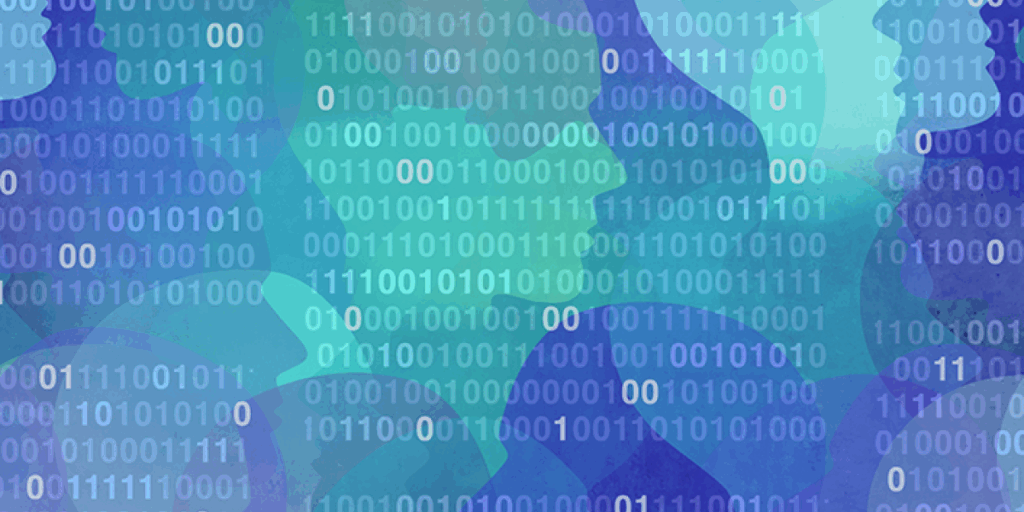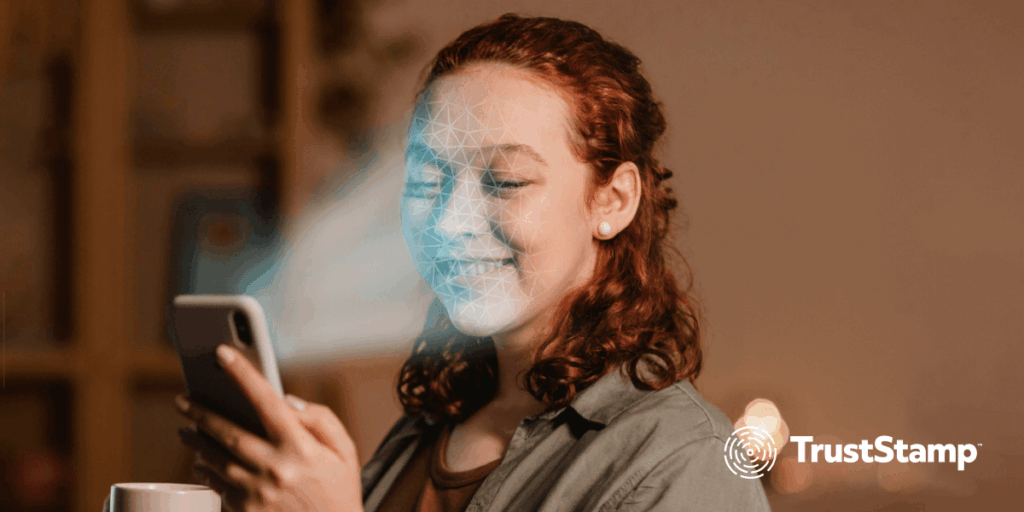Identity verification methods have evolved significantly over the years. Advancements have been made to enhance security, from simple password-based systems to two-factor authentication. However, despite these advancements, they still have limitations. Passwords can be easily forgotten or stolen, while knowledge-based questions can be guessed or socially engineered.
Selfie identity verification represents the latest development in this field, leveraging biometric technology to provide a more reliable and user-friendly approach to confirming identities. Embraced across diverse industries and a preferred choice for KYC protocols, selfie verification simplifies and strengthens the verification process for users and businesses, ensuring robust asset protection.
By seamlessly merging the ease of taking a real-time selfie with the precision of biometric analysis, this method establishes a formidable verification process resistant to manipulation or deceit. Read on to learn more!
What Is Selfie Identity Verification?
Selfie identity verification, also known as selfie check or selfie authentication, is an innovative method that leverages biometric technology to establish a person’s identity. It involves taking a real-time selfie and uploading it to confirm one’s identity. Selfie identity verification is typically paired with other verification techniques, such as database verification and document verification, and is rarely used on its own.
What is Liveness Detection?
Liveness detection is a critical technology used in selfie verification to determine if the user is a live person presenting themself in real-time, as opposed to a pre-recorded video, image, or other fabricated representations. Various techniques, such as facial movement analysis and real-time interaction prompts, are employed to confirm the user’s presence and actively thwart spoofing attempts. This process typically happens automatically in the background after a selfie is uploaded.
How does Liveness Detection work?
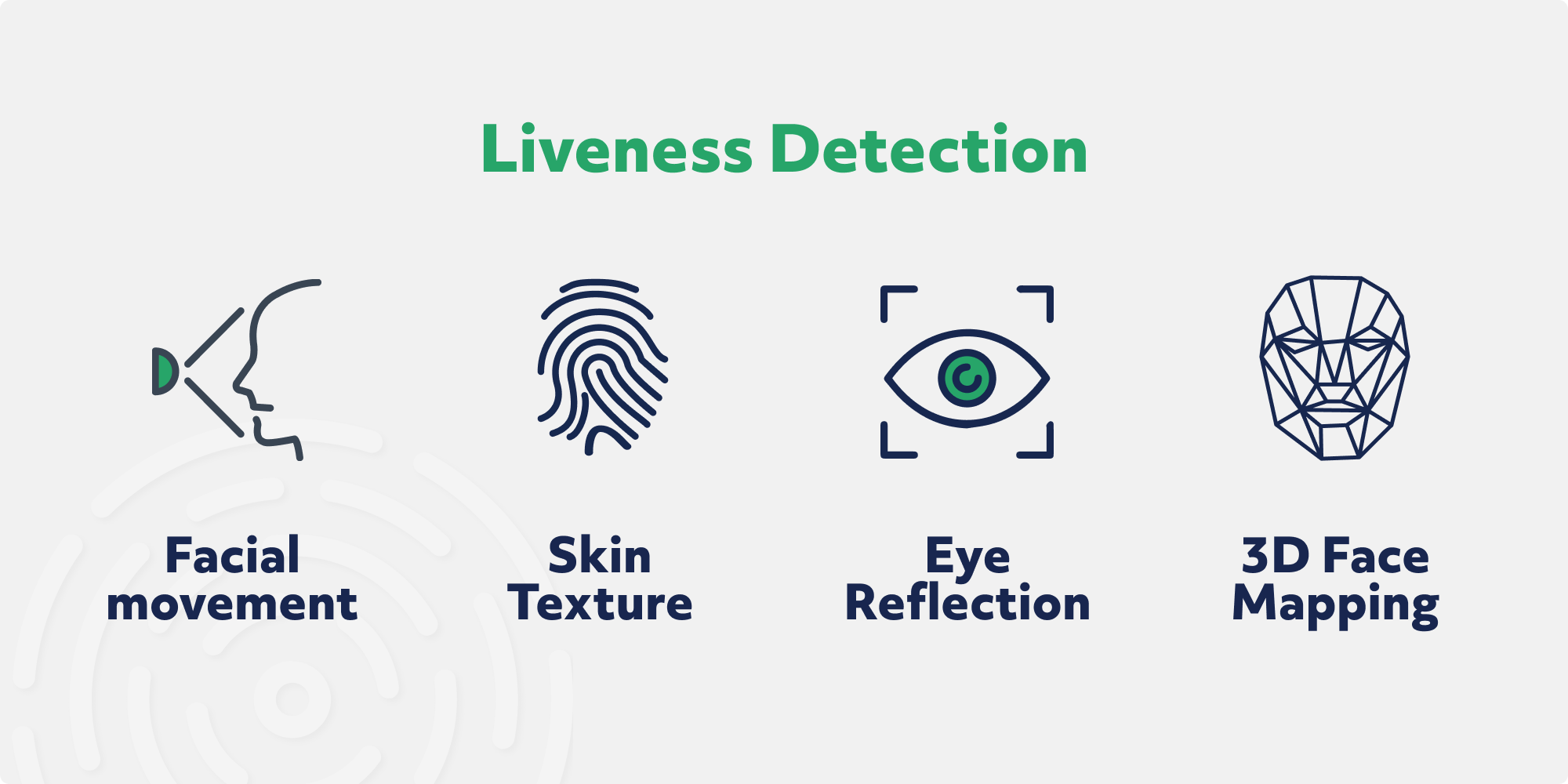
Liveness detection algorithms analyze various aspects of the selfie to determine its authenticity. These factors include:
- Facial movement: The algorithm checks for subtle facial movements, such as blinking, eye movement, and head-turning, which are difficult to replicate in a fake image or video.
- Skin texture: Real skin has a unique texture that can be distinguished from a flat image or mask.
- Eye reflection: Liveness detection algorithms can analyze the reflection of light in the user’s eyes to confirm their presence.
- 3D face mapping: Some advanced techniques create a 3D map of the user’s face to ensure it’s not a flat image.
There are two types of Liveness detection, including:
- Active liveness detection: During an Active liveness check, the user may be asked to look in different directions, turn their head left and right, or make certain facial expressions. While active liveness helps solve spoofing attacks, it also burdens users, especially those with accessibility concerns. That’s where Passive liveness detection comes in.
- Passive liveness detection: Passive liveness is an alternative option that can still detect spoofing attacks but does not require the user to follow any commands to move or turn, providing a better user experience for all users.
The key difference between the two lies in the approach— unlike active liveness checks, which require users to perform actions like smiling or blinking to prove they’re present, passive liveness operates silently, analyzing subtle facial features and patterns to determine authenticity, all without the user even knowing it’s happening.
How does Selfie Identity Verification work?
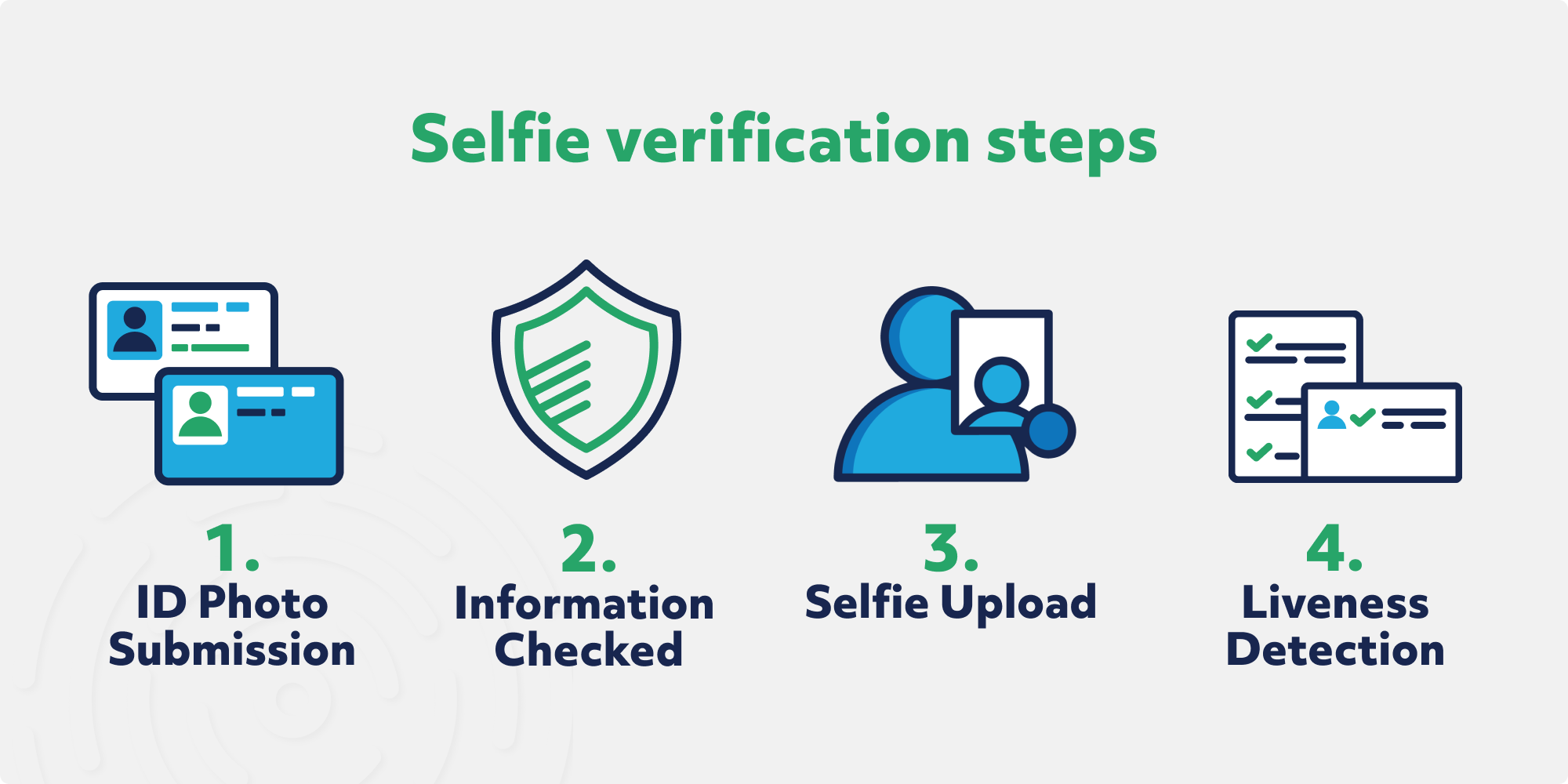
Capturing a selfie for identity verification typically begins with a user-facing application or platform prompting the user to take a live self-portrait. The user is guided, often with on-screen instructions, to ensure optimal lighting, angle, and expression.
Selfie verification typically consists of a few steps and works like this:
- During customer onboarding, the user captures and submits a photo of their government-issued ID, such as a driver’s license or passport.
- The information from the ID is cross-checked against official databases and other user-supplied details to check for discrepancies.
- To confirm that the user matches the person on the ID, the user is then asked to take and upload a selfie or a sequence of selfies.
- Lastly, to ensure authenticity, the user’s selfie or video undergoes both liveness detection and a comparison with the picture on their ID.
Financial institutions are required to conduct thorough identity verification checks during the account opening process to comply with KYC/AML regulations. Other industries can also require selfie verification in cases where the risk of fraud is deemed more significant. Not all customers need tight scrutiny, as this might add unnecessary friction.
The Role of Biometrics in Selfie Identity Verification
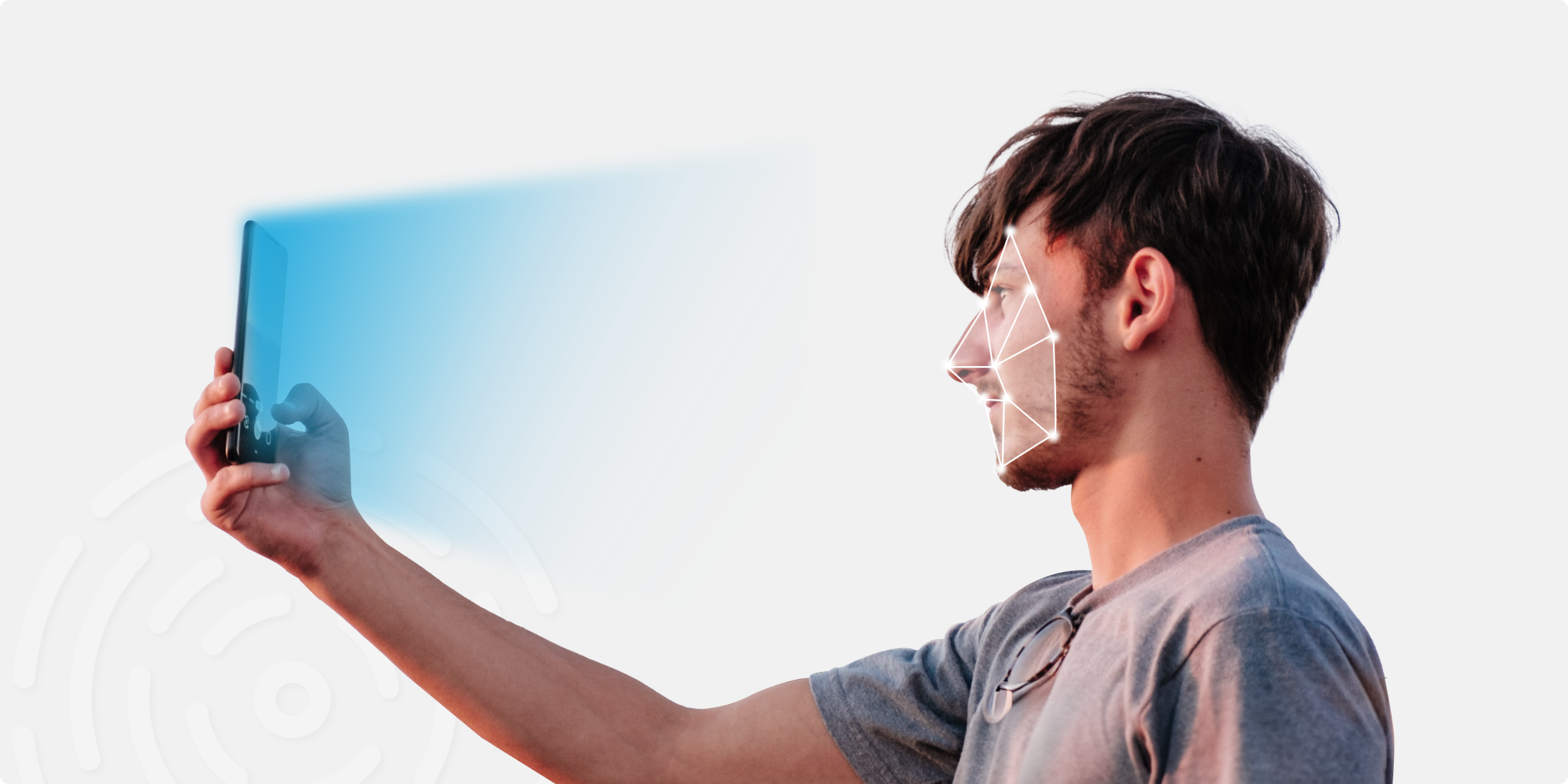
Biometrics play a fundamental role in selfie identity verification. Using unique biological characteristics, such as facial features, ensures that the individual’s identity is verified with high precision. Biometric data is difficult to forge or replicate, making selfie identity verification a robust solution against identity theft and fraud. Selfie verification has become more accurate and reliable due to advances in facial recognition technology and biometrics. Selfie checks can improve the security of users’ accounts without requiring them to re-scan an ID or re-enter sensitive information.
The use of biometrics in identity verification is not limited to facial recognition. Other biometric modalities, such as fingerprint, iris, and voice recognition, can also be integrated into the verification process. This multi-modal approach further enhances the accuracy and reliability of the system, making it even more difficult for malicious actors to bypass the security measures.
What challenges does Selfie Identity Verification address?
Selfie identity verification serves as an additional layer of security alongside document and database verification techniques, enhancing overall identity security in online transactions. This method tackles several verification challenges in traditional identity verification methods, offering solutions to:
1. Shielding against database breaches:
Traditional identity verification methods rely on sensitive data like Social Security numbers and driver’s licenses. This information is checked against databases, which are vulnerable to breaches. Hackers have stolen everything from SSNs to ID photos, making it easy for them to commit identity theft.
In cases where someone’s data has been breached, catching fraud using traditional methods can become incredibly challenging. This is where selfie verification with liveness detection comes in. Even if threat actors pilfer government-issued ID photos or other sensitive information, fooling well-implemented liveness checks remains challenging, making it incredibly difficult to impersonate someone and commit fraud.
2. Streamlining low-friction re-verification:
Beyond initial account creation, selfie verification proves valuable for periodic re-verification during login attempts, authentication failures, or high-risk actions. Leveraging selfie checks in this manner bolsters user account security and minimizes user friction.
Instead of rescanning IDs or re-entering sensitive information, taking a quick selfie offers a swift and hassle-free solution, fortifying security measures without disrupting the user experience.
How Accurate is Selfie Verification?
Can selfie verification be completely trusted? Unfortunately, it’s not infallible due to the potential for false negatives, algorithm biases, or the growing threat of deepfakes.
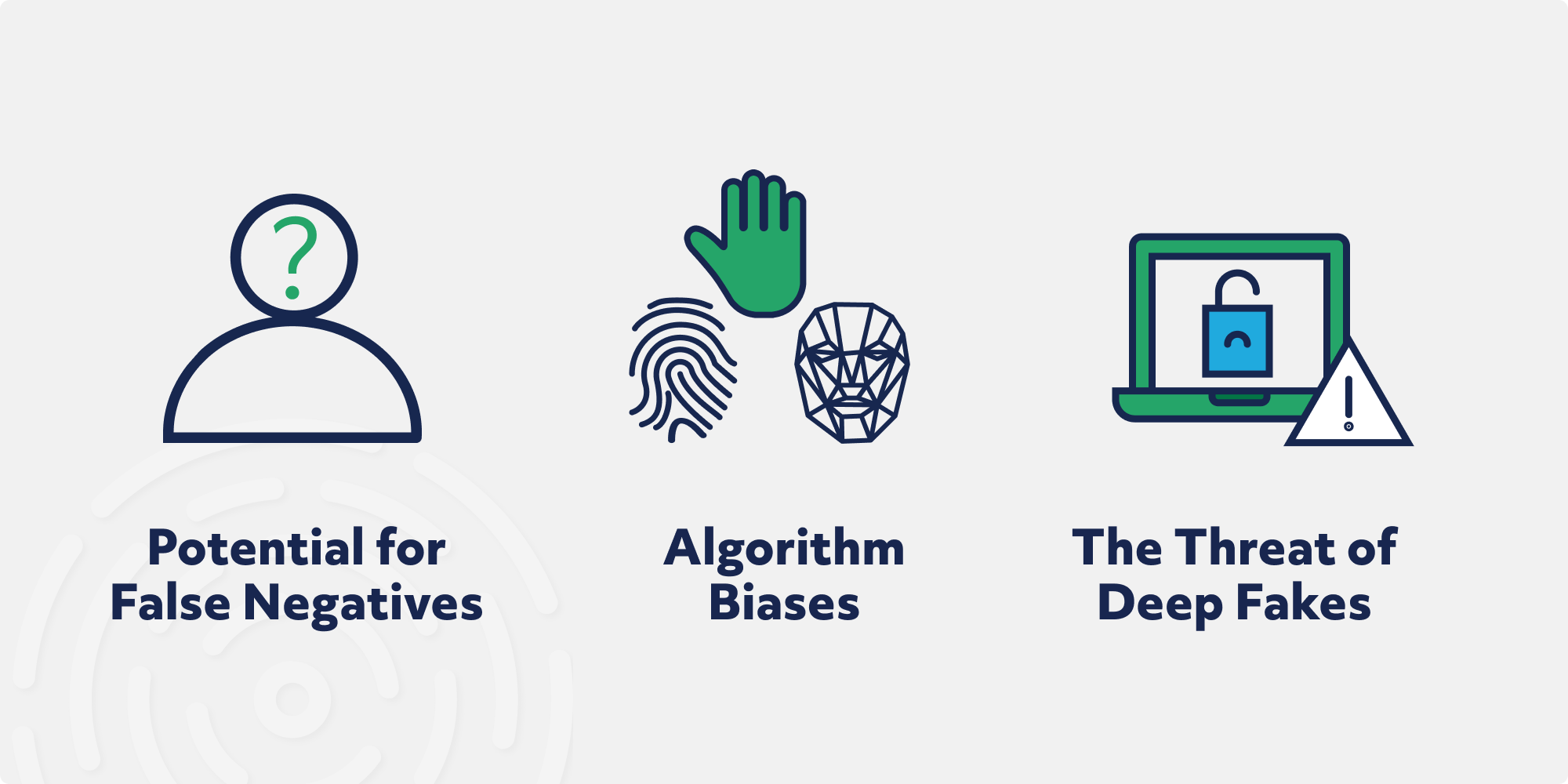
Potential for false negatives
Selfie verification relies on facial recognition and related technologies that, despite advancements, aren’t entirely accurate, even with liveness detection. Factors like eyeglasses or low-quality images might deceive the system, leading to false negatives. This could wrongly deny legitimate users during verification.
Algorithm biases
Regrettably, some selfie verification systems and their facial recognition algorithms can exhibit biases, leading to inaccuracies. This affects individuals with diverse racial or gender identities.
The threat of deep fakes
While effective against many spoofing techniques like recordings or masks, selfie verification struggles with deepfakes. These are sophisticated digital manipulations that create fake images or videos of individuals, surpassing some verification methods.
To ensure robust identity verification, it’s essential to employ a mix of diverse verification technologies and techniques.
Adding selfie identity verification to your processes
At Trust Stamp, we provide a comprehensive range of proprietary identity verification solutions, among which our advanced biometric selfie check stands out. This user-friendly solution seamlessly integrates into your existing KYC or digital onboarding process, offering enhanced security without compromising users’ convenience or disrupting business operations.
In addition, our cutting-edge presentation attack detection algorithms ensure the accuracy of each selfie verification, effectively thwarting the use of static images, 3D masks, and other fraudulent representations during the ID verification process.
With the flexibility to customize and integrate our solution, you can adopt a risk-based approach to your onboarding process. Quickly implement necessary selfie checks tailored for high-risk users, empowering your business with adaptable and robust identity verification.
Contact us to learn more or schedule a custom demo today!
